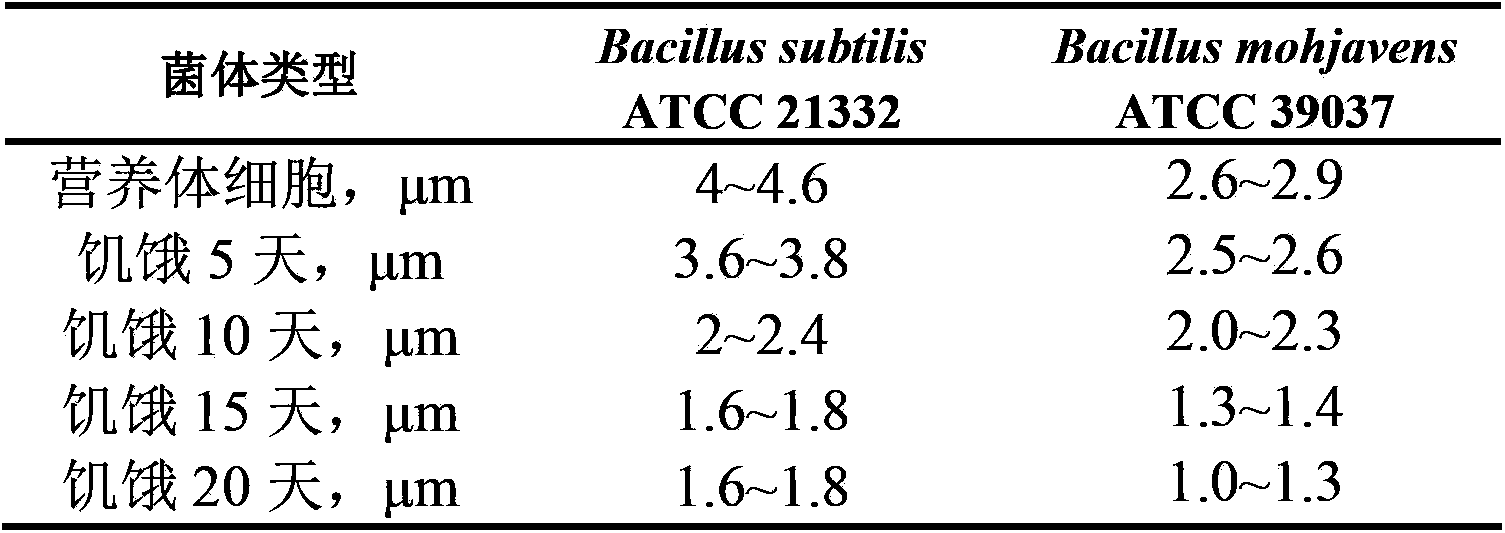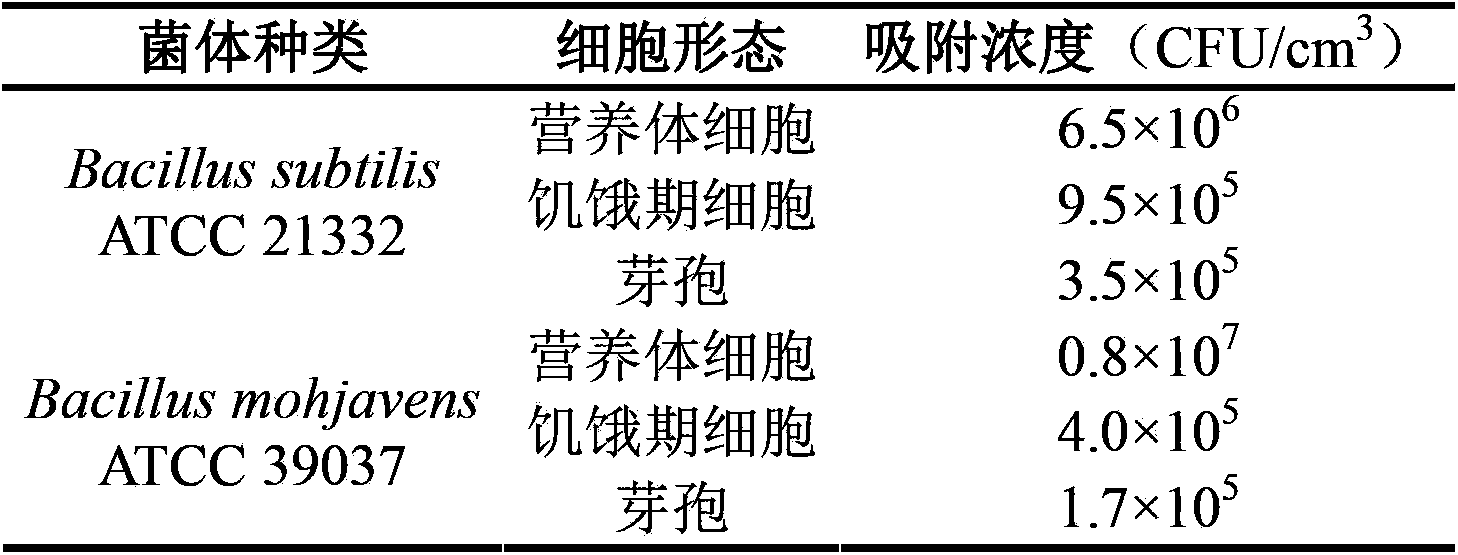Method for conveying microorganisms to stratum
A technology of microbes and microbial liquids, which is applied in the field of geological microbiology engineering applications, can solve the problems of low permeability reservoirs with low permeability, difficult microbial injection, and inability to achieve migration, so as to achieve broad application prospects and improve the effect of fracturing operations , the effect of flexible construction methods
- Summary
- Abstract
- Description
- Claims
- Application Information
AI Technical Summary
Problems solved by technology
Method used
Image
Examples
Embodiment 1
[0049] Preparation of spore solution : Bacillus subtilis ATCC21332 and Bacillus mohjavens ATCC39037 were selected according to Lin, S.C., Minton, M.A., Sharma, M.M., Georgiou, G.1994.Structural and immunological characterization of abisurfactant produced by Bacillus licheniformis JF-2. Appl Environ Microbiol, 60(1), 31-8. and Sun, H., Bie, X., Lu, F., Lu, Y., Wu, Y., Lu, Z. 2009.Enhancement of surfactin production of Bacillus subtilis fmbR by replacement of the native promoter with the Pspac promoter. Can J Microbiol, 55 (8), the method in 1003-6. cultivates vegetative cells, and the prepared vegetative cells are left standstill After 3 days to 10 days, the spore formation rate reached 95% and 98%, respectively, and placed in a water bath at 30°C to 100°C for 1min to 100min to kill residual vegetative cells. After cooling to room temperature, prepare 1.0 ×10 9 CFU / mL concentration of spore suspension.
Embodiment 2
[0051] Preparation of cell suspension during starvation phase : The vegetative cell culture solutions of Bacillus subtilis ATCC21332 and Bacillus mohjavens ATCC39037 were respectively prepared according to the method for culturing vegetative cells in Example 1. Collect the cells by centrifugation and resuspend them in sterile water, let them stand for different days to make the cells in the suspension enter the starvation period, and prepare 1.0×10 8 The starvation period cell suspension at the concentration of CFU / mL was compared with the normal vegetative somatic cell morphology under the microscope under the microscope, and the experimental results are shown in Table 1.
[0052] Table 1 Comparison of cell morphology between vegetative cells and starvation cells
[0053]
[0054] It can be seen from Table 1 that due to the lack of nutrition, the morphology of the microbial cells in the starvation period will change significantly, the lysates in the cells will decrease, ...
Embodiment 3
[0056] Anti-pressure performance experiment of microorganisms : Get the vegetative cell suspension, starvation period cell suspension and spore suspension of Bacillus subtilis (Bacillus subtilis ATCC21332) and Bacillus mohjavens (Bacillus mohjavens ATCC 39037) prepared respectively according to the method in Example 1 and 2 , respectively formulated as
[0057] 1.0×10 7 The suspension of CFU / mL bacterial cell concentration. These three kinds of suspensions were placed in intermediate containers respectively, pressurized to 60MPa and 80MPa respectively for 10 hours, and then taken out after treatment, and the concentration of viable bacteria was detected by the frequency dilution method (Most probable number, MPN). The experimental results are shown in Table 2 .
[0058] Table 2 Comparison results of the anti-compressive performance of bacteria under three cell forms
[0059]
[0060] It can be seen from the table that with the increase of the treatment pressure, the co...
PUM
 Login to View More
Login to View More Abstract
Description
Claims
Application Information
 Login to View More
Login to View More - R&D Engineer
- R&D Manager
- IP Professional
- Industry Leading Data Capabilities
- Powerful AI technology
- Patent DNA Extraction
Browse by: Latest US Patents, China's latest patents, Technical Efficacy Thesaurus, Application Domain, Technology Topic, Popular Technical Reports.
© 2024 PatSnap. All rights reserved.Legal|Privacy policy|Modern Slavery Act Transparency Statement|Sitemap|About US| Contact US: help@patsnap.com










